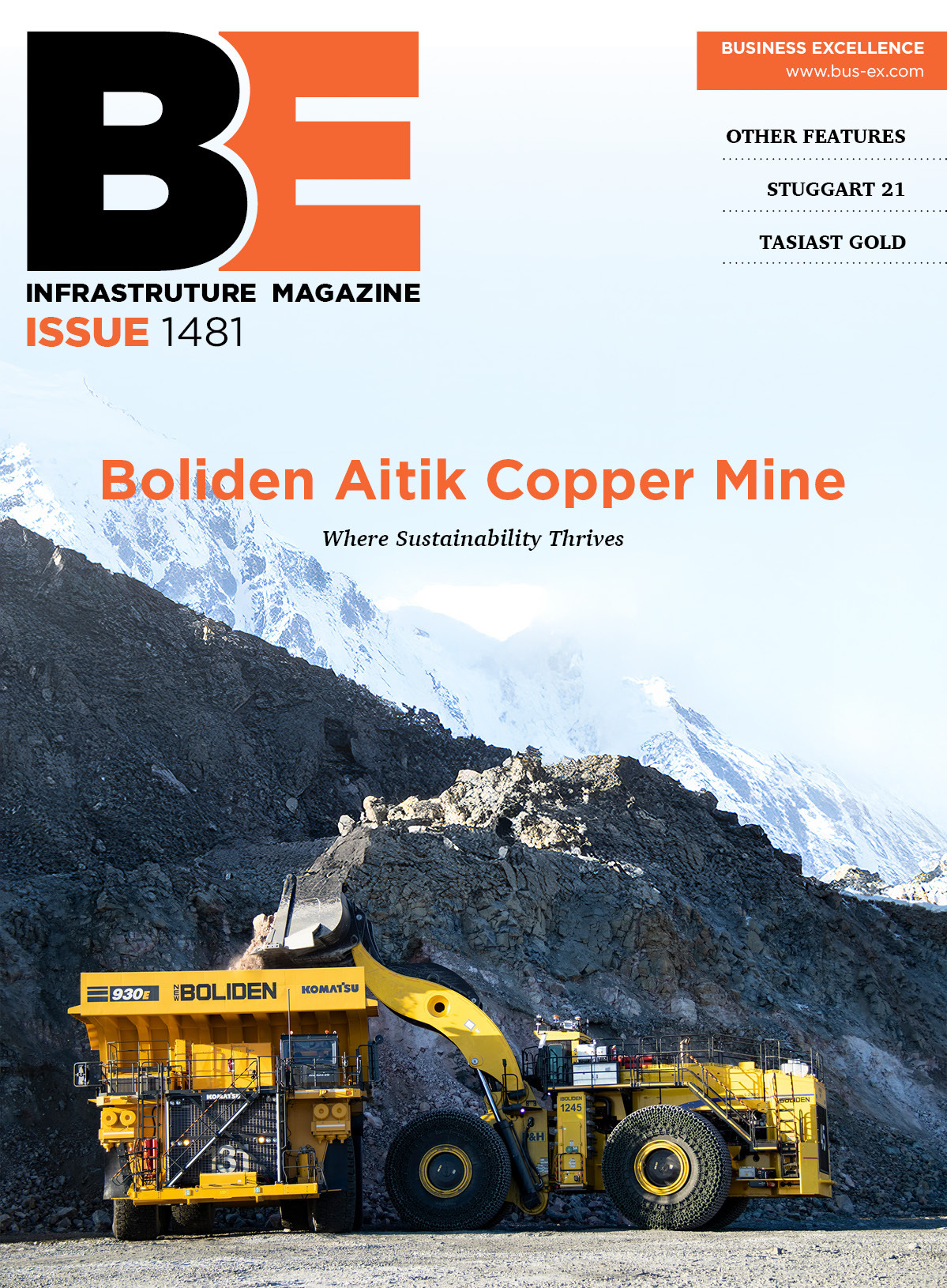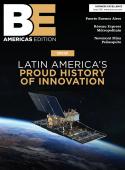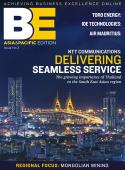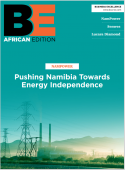Essential elements┬áAndrew Pelis learns how Great Western Minerals Group is striving not only to meet the demand for rare earth elements but also to educate the world about their importance for the future. The clamor for oil and the fear of shortages has become a permanent feature of the Western world. Less obvious is the shortage of rare earth elements and the impact this will have on things we take for granted. The challenge for companies like Great Western Minerals Group Ltd. is not just to produce sufficient quantities to meet the growing demand but to educate governments and the public about a rapidly approaching crisis. ┬áÔÇ£Rare earth elements are critical for our lifestyles, particularly the use of alternative energy and even security,ÔÇØ states Gary Billingsley, executive chairman. ÔÇ£China currently controls 97 percent of the worldÔÇÖs rare earth elements, having specifically set out to do so. What is happening on the world stage is that demand is increasing with green energy coming to the forefront. The forecast indicates that by 2013, China will be consuming everything it can produce, which will be in the vicinity of 160,000 metric tons of annual production, resulting in the rest of the world having major resource issues in trying to meet total global demand, requiring production of perhaps 300,000 metric tons or more,ÔÇØ adds Jim Engdahl, president, CEO and director. ÔÇ£Right now there are about four companies with the potential of filling some of that void by 2013,ÔÇØ he continues. Rare earth elements appear on the Periodic Table and are also known as the lanthanide series of elements. They are used in a wide range of applications, as Engdahl describes: ÔÇ£Their uses can be individual or in conjunction with items like alternative green energy: hybrid vehicles, wind power, aerospace, technology, cell phones or computers. Their unique properties have been discovered only in the past 30 years.ÔÇØGreat Western, based in Saskatoon, Saskatchewan, has achieved its unique position through a series of acquisitions, as Engdahl describes. ÔÇ£We own a company in Troy, Michigan, called Great Western Technologies Inc., producing battery powders and superalloys, while Less Common Metals out of Birkenhead, England, produces magnetic materials.ÔÇØThe arrival of Billingsley in 1998 saw the company change its focus from the dwindling gold and silver markets to rare earth elements with the first reclaimed property in Saskatchewan, where drilling began in 2004. Today, the company owns property in Deep Sands, Utah, and recently entered into an option agreement to acquire the former producing Steenkampskraal Mine in South Africa, where production could begin in the next two years. Diversification of properties is one of the key elements to risk management, as Engdahl explains. ÔÇ£Risk management is a very significant issue, and one of the reasons we went for a fully integrated model was to avoid the risk of China flooding the marketplace. We have also worked toward not having just one property where there is always the risk of delays in production.ÔÇØ As Billingsley says, there is no shortage of potential properties to investigate, and Great Western has adapted its strategy over time. ÔÇ£We now talk to prospects all over the world and prioritize which properties we look at according to infrastructure in terms of road and railways, water and power. Additionally, we like to focus on properties enriched in the heavier rare earth elements; we aim to find properties with the rare earths concentrated enough to be economically viable to mine. In a way itÔÇÖs analogous to diamond explorationÔÇöthereÔÇÖs a lot of diamond-bearing rock around, but mineable diamond-bearing rock is scarce.ÔÇØ Great Western typically operates its own properties or undertakes joint ventures with experienced mining companies. The value-added side of the businessÔÇöthe processingÔÇöis the important stage that eliminates radioactive materials and provides elements that can be used in manufacturing for clients such as Toyota and the US military.With China concentrating the minds of some 5,000 scientists on further research, new uses for the properties of rare earth elements are being discovered almost on a weekly basis. ÔÇ£The market weÔÇÖre specifically focusing on is the magnet industry, used for production of the motor in hybrid vehicles like the Toyota Prius,ÔÇØ explains Engdahl. ÔÇ£The rare earth magnet motors are much more powerful than normal magnets, so you can make smaller, more efficient motors. With current wind power systems, the gearboxes are very inefficientÔÇöthese rare earth motors are more efficient using a gearless system, so a switch is now taking place in the wind power sector, which China aims to become the world leader in, which in turn means the supplies of rare earths for magnets available to the rest of the world will diminish.ÔÇØÔÇ£Very little research goes on in the Western worldÔÇömaybe a little in Japan and Europe. We still have a long way to go,ÔÇØ adds Billingsley. ÔÇ£Research and development is an area we definitely want to have more involvement in,ÔÇØ he continues, ÔÇ£in particular, our customers would like us to produce rare earth metal for manufacturing, as most of the material produced in China is in powder form. Additionally, new uses for cerium and rare earth phosphors offer potential new markets.ÔÇØAt present Engdahl suggests that the company has an approximate market value of $20 million, and it is always keen to attract investors that take a long-term approach. ÔÇ£What our company is really worth becomes more determined the closer we get to production date. Once acquisition of a property has taken place, the time span to reach production in Canada averages ten years for a mining operation. It is absolutely a long, patient capital gain, and typically the only way to do that is by raising money through the equity markets. Once you are in production, returns can be significant and arrive fairly quickly. You would expect to have a return for your capital within five years and have a 10-to-20-year mine life.ÔÇØ Investment remains one of the key challenges, but as Engdahl concludes, educating the world about the imminent shortage of rare earth elements is something we should all be concerned with. ÔÇ£ItÔÇÖs essential that we educate the world on what these elements are all about and where they are going. The US military right now is totally reliant on China in regard to laser technology, cruise missile systems and stealth technology. The energy-efficient movement also relies enormously on the supply of these critical elements, so there is a real focus to get a rare earth industry revived here in North America.ÔÇØÔÇô Editorial research by Michael Fretwell┬á









